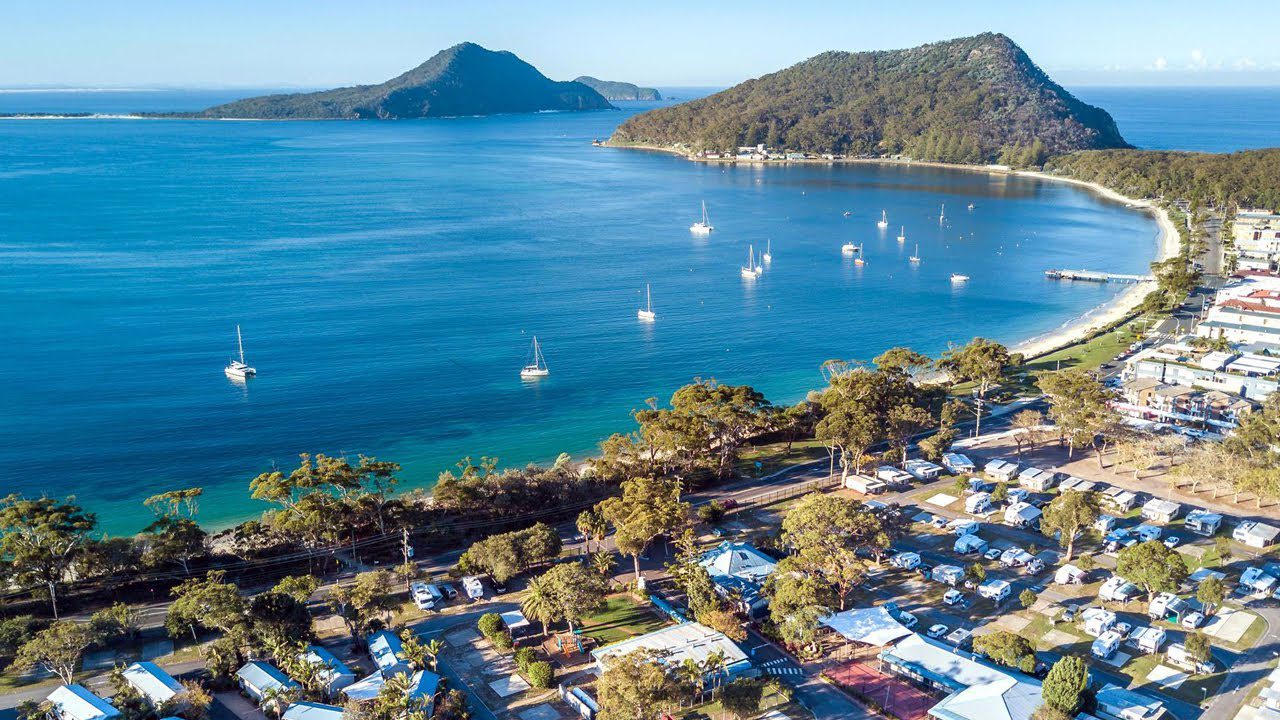Following the Early Adopters and Hotspots, let’s talk about the Second-winds today as the final part of our Market Categorisation trilogy.
What is Second-wind?
Second-winds are the markets that have gone through a boom in the past 5-10 years and are catching a second wind (eg. Reduced interest rates encouraging property transactions) and becoming a hotspot again. In the long term, their previous growth has been in line with or higher than average level but is gaining strength again for further rise (as shown in the chart below).

Port Stephens was a Second-wind in 2021. Its house prices have achieved fairly strong growth in 2014-18 and cooled down in 2019. If nothing happened, it might take a few years before Port Stephens reaches its next booming phase; However, it started booming again just one year later, stimulated by the historically low interest rate and people’s chase for lifestyle during the pandemic, achieving another 34% growth in 2 years (June 2020-June 2022).

What do market indicators look like in a Second-wind?
The spiderweb chart below is a brief description of the market conditions and trends in a Second-wind (indicator scores: 1=worst, 5=best):

• Improving Economy
Unlike Early Adopters and Hotsopts’ fast recovering/booming economy, Second-winds’ economy is usually relatively stable. However, a second wind tends to boost it further by bringing more business opportunities (eg. infrastructure investment) or more consumption demand (eg. incoming migration). In Port Stephens’ case, it’s more of the latter.
Port Stephens’ coastal lifestyle and relatively affordable housing prices have caused a significant surge in its net internal migration since the pandemic started (below chart).

The internal migration surge, accompanied by major infrastructure investments such as a $1 billion upgrade to the nearby RAAF Base, and a $121 million Newcastle Airport expansion, has led the local unemployment rate to decrease further from the quite healthy level pre-COVID.

The thriving economy and surge in internal migration led to high property market pressure again, bringing the Second-winds to another boom.
• Relatively High price pressure
Like the other two categories, Second-winds supply can’t cope with the demand surge, which would lead to higher price pressure. The chart below shows that the gap between total listings and total sales narrowed fast in 2021, leading the inventory to drop to a low level of around 3 months of stock (high-pressure benchmark) and stay there until early 2022.

The high market pressure could also be seen in the Sale Days on Market.
Port Stephens’ number of days on market for sale started declining in late 2020 as inventory went down and dropped steadily until early 2022, reaching a tight 34 days before bouncing (below chart).

• High rental pressure
High rental pressure is a must for all three market categories we love, as it indicates a vibrant economy, high housing demand, and, what’s more, high/increasing rental returns for investors.
The below chart shows Port Stephens’ rental vacancy rates over the past 3 years. Before COVID, its rental market was already tight and healthy, with an around 2% vacancy rate. The pandemic internal migration surge broke the demand-supply balance and brought vacancy rates further down to around 0.2%. As a result of the extremely tight rental market, rent level went up by 26% from Dec 2020 to Dec 2022.

• Low established supply
Established supply is reflected by the number of for-sale listings. Second-winds usually see a slight increase in the number of listings (due to the end of the last boom) before decreasing again (entering the next boom).
The chart below shows the total number of for-sale listings over the past 13 years in Postcode 2315, one of the main postcode areas in Port Stephens. In the last booming period (2014-18), the region saw its number of listings dropping fast to a much lower level than the early 2010s. 2019 saw a slight recovery, but it soon started dropping again from 2020 on.

• Incoming supply not necessarily decreasing
Unlike Early Adopters and Hotspots’ low incoming supply level, Second-winds could see an increasing level of incoming supply as its last booming period have triggered more construction activities.
Port Stephens is an example.
The below chart shows Port Stephens’ building approval level over the past 10 years (we use the building approval numbers / total number of houses ratio to measure the incoming supply level). An upward trend can be seen from 2014 to 2019, which is approximately Port Stephens’ last booming period. However, it’s noteworthy that while construction activities were increasing, the total amount of incoming supply still just represented around 1.6% of the region’s total house stock in 2019, a low enough level to push market pressure up quickly when the second wind (exodus to lifestyle migration trend) came in 2020.

Who is it ideal for?
Second-winds are likely to be pricy with lower rental yields (eg. Port Stephens’ rental yield was around 3.7% in mid-2020 when it became a Second-wind) and limited growth, so they won’t be your first choice if you emphasise positive cash flow or continuously robust capital growth. However, if you have already built a sizeable portfolio (i.e. cash flow and capital growth secured) and are just seeking diversity or great opportunities no matter the price, Second-winds would be ideal for you.
In this Market Categorisation Trilogy, we have discussed Early Adopters, Hotspots and Second-winds. Each of these market categories meets different portfolio-building requirements. Which market category do you need for your portfolio now? Talk to the Buyers Agency of the Year 2023, and let’s find out together! Simply click here and request your 45-min FREE no-obligation consultation!
.svg)
